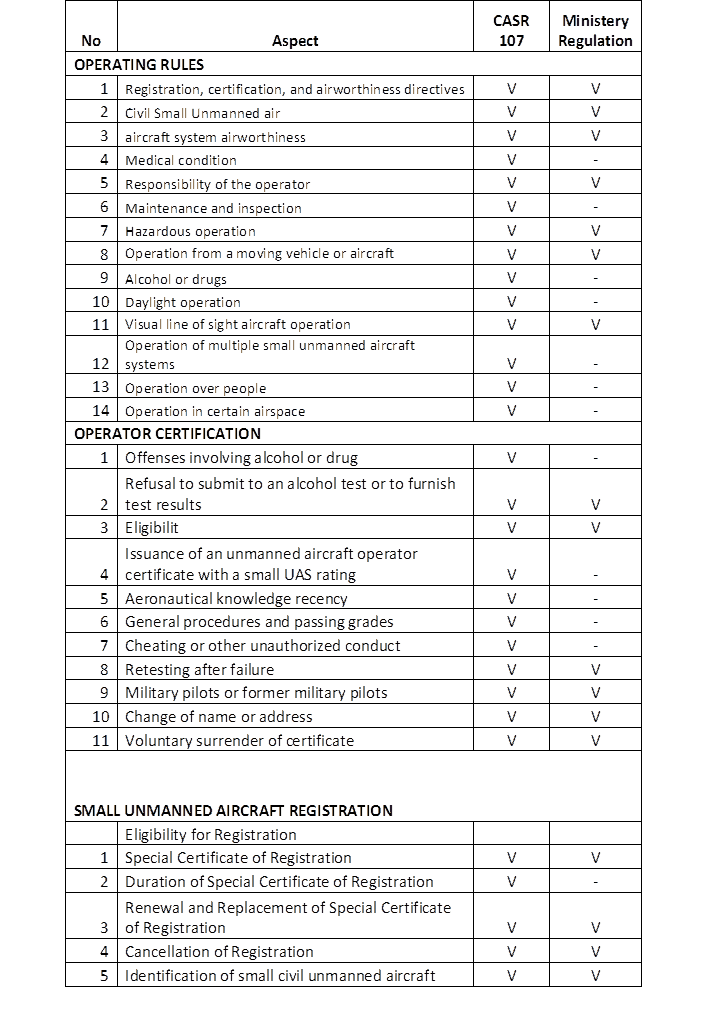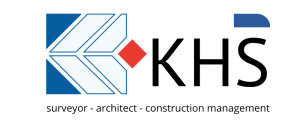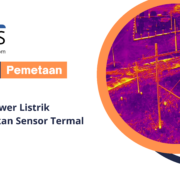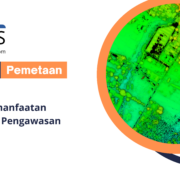Unmanned Aerial Vehicle (UAV) Regulation in Indonesia
Oleh : Giri Bayu Aji
Unmanned Aerial Vehicles (UAV) are unmanned aircraft that have the ability to take high-quality images or photographs. UAVs can be used in mapping purposes that can support data acquisition in 2D and 3D models. Utilization of UAVs in terms of surveys and mapping is adopted to conduct observations on a broad scale, with easier data collection process and lower cost. The use of the UAV is considered as an improvement because it has the ability to produce aerial photography with the best quality.
The development of UAVs in the current era shifts High Resolution Satellite Image (CSRT) which has the highest resolution of 15 x 15cm. UAV data acquisition can defeat the resolution produced by CSRT with RGB values reaching 1cm. Another advantage of UAV data is its’ ability to produce Digital Surface Model (DSM) and Digital Terrain Model (DTM) data. This can facilitate reflective elevation from the sea level to trees, buildings, altitude objects, and others at ‘Bare Earth’. In addition, UAVs also have the advantage of presenting 3D data while the CSRT can only display data in 2D [1].
UAV is widely used in Indonesia because of its superiority, especially in the field of surveying and mapping. The use of UAVs in Indonesia is regulated by the Ministry of Transportation as stipulated in the Minister of Transportation Regulation Number 90 of 2015 concerning controlling the operation of unmanned aircraft. The Ministerial Regulation was issued to improve flight safety related to the operation of UAVs in the Indonesian airway. These regulations govern flight zones, flight height, and flight plans. The licensing agency besides the Ministry of Transportation is AirNav which is under the auspices of the TNI-Air Force. AirNav as an airway control institution in Indonesia, in determining its policies adopts regulations from the Ministry of Transportation and has not included regulations from Civil Aviation Safety Regulations (CASR). The applicable regulations have not regulated thoroughly about the use, classification and sanctions of using UAVs.
This is deemed necessary because it considers the safety and security of UAV users by air transportation in Indonesia. In the CASR regulation the emphasis is on the use, classification and sanctions for UAV users who are expected to prevent accidents because they are based on the principles of flight safety and security. From the results of a literature study that has been carried out in practice the use of UAVs in Indonesia only adheres to the Ministry Regulation part 90 of 2015. The regulation is still considered weak because the widespread use of UAVs in Indonesia will grow rapidly. In Table 1 you can see a comparison between Ministerial Regulation No. 90 of 2015 with Civil Aviation Safety Regulation (CASR) series 107.

Ministerial Regulation Part 90 of 2015 generally only discusses operating rules from UAVs, however the ministerial regulation can adapt from CASR 107 in anticipating the development of UAV technology utilization in Indonesia. By compiling more complex regulations such as details about operating rules, operator cerification, unmaned aircraft registration. Reported by the media Republika.co.id The Ministry of Transportation targets regulations related to unmanned aircraft to be compiled, completed and valid in 2019 which discuss the shortcomings that exist in the previous regulations [4]. In the near future, the development of drone will expand to the process of shipping goods / cargo, commercial, defense and security. Each of these aspects should have different rules so that UAV users have specific flight guidance in their respective fields.
Source :
Bibliography:
[1]. Denny Antony.2017. Ketentuan Hukum Dalam Penggunaan Drone Di Indonesia. Jakarta: Academia penerbitan.
[2] Pemerintah Indonesia. 2017. Undang-Undang No. 90 Tahun 2015 tentang Pengendalian Pengoperasian Pesawat Udara. Lembaran Negara RI Tahun 2017, No. 60. Sekretariat Negara. Jakarta.
[3] Tjiang, H. 2018. Menerbangkan drone dengan Aman. Diunduh dari https://www.herrytjiang.com. Pada 24 Juli 2019
[4] Nursalikah, A. 2019. Kemenhub Targetkan Aturan Drone Berlaku Tahun Ini. Republika, 18 Juli 2019. https://www.republika.co.id

 KHS
KHS  KHS
KHS 
Leave a Reply
Want to join the discussion?Feel free to contribute!